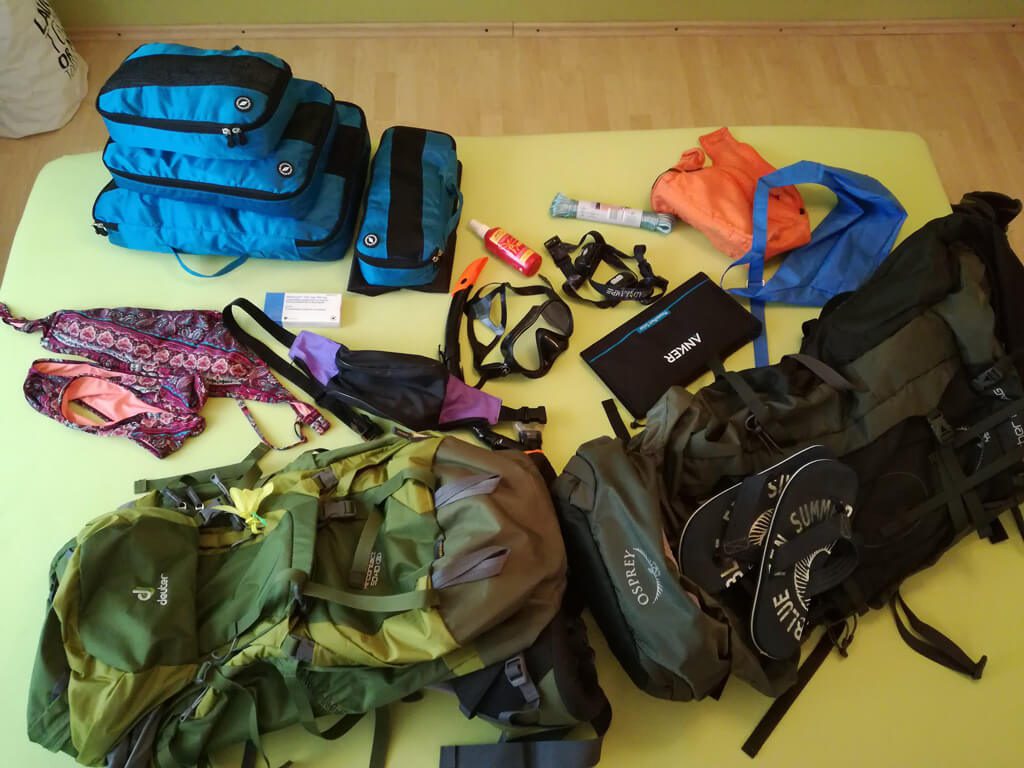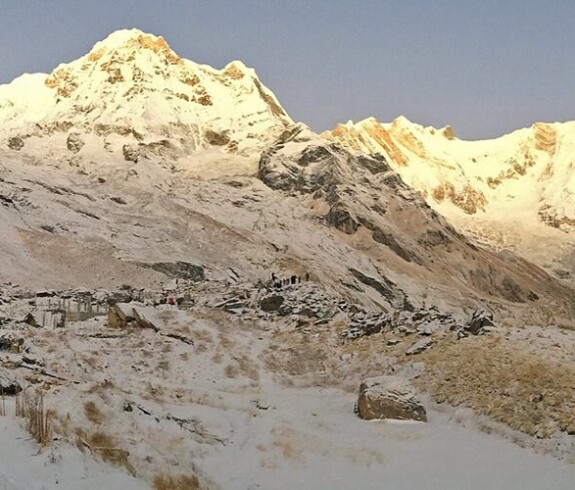Nepal is a country of many things, but one of its key-defining features is the towering heights of the Himalayas. Because of this, Nepal is a popular destination for adventurous thrill-seekers who wish to experience the magic of its snowy peaks. So you’ve scoured the internet for bargain plane tickets, and you might even have booked Airbnb vacation rentals in Kathmandu, Nepal. All that’s left is to pack your bags and head to the airport. But then you ask yourself, what do you need to bring with you to Nepal? Worry not, for in this article, we list down what you need to bring on your Nepali hiking excursion. Read on.

Essentials
First things first. Here are indispensable items that should be taken care of before setting out on your Nepali adventure:
Visa, permits, and passes
There are multiple ways to apply for a visa to Nepal. You can apply for one online at the Nepal Department of Immigration website, upon arrival at the electronic kiosks at the airport, and through the Nepal embassy in your home country.
If you plan on booking a trekking company, all of these are handled for you. However, if you plan to go solo, you have to apply for all of this and pay all the necessary fees. All who wish to trek in Nepal have a Trekking Information Management System (TIMS card for $20. You can pick this up at the Nepal Tourism Board located in Kathmandu and Pokhara. Additionally, depending on your destination, you will have to pay for the conservation cost, which is usually $30.
Cash
The thing about the outdoors is that we encounter fewer conveniences than we are used to. One of these is ATMs. Be sure to bring all the cash you need with you to ensure that it is secure. Better yet, pay all the necessary fees beforehand, so you don’t have to think about them when you’re on the trek.
Camping Gear
Here are camping items that should be on your packing list
Backpack
The size of your backpack will depend on the kind of hike you’re planning for. If you are going on “teahouse treks”— where you sleep on small lodges called teahouses—lighter packs would suffice, unlike the more technical circuits, which would need much more gear.
Sleeping bag
Although the nights are pretty warm in the lower regions of Nepal, as you go up in elevation, it gets really cold. The teahouses also only give you a blanket to sleep in, so a warm sleeping bag is a must-have. 15-degree bags are usually alright, depending on the season.
Sleeping pad and lining
These are versatile products that can be used to increase insulation when used with a sleeping bag at higher altitudes, and can also be used as-is at lower altitudes, minus the warmth. The lining prevents your sleeping bag from soaking up moisture and oils from your body, which is terrible.
Tents
These are essential when you plan on sleeping outdoors. It helps block out the weather and protect you from the cold wind of the Himalayas.
Clothes
Packing for Nepal needs smart and careful planning. You will be dealing with cold temperatures and thin air (in higher altitudes), so you want to be as efficient as possible. Here are some items you should consider:
Long-sleaved shirts
Most hiking long-sleeve shirts would work as you can layer them on top and under them to add more insulation.
Down Jacket and Trekking pants
These are the outermost layer when worn. Down is an excellent material that is both a great insulator and lightweight. Although jumpsuit variants are available, they are less flexible and more challenging to manage than if you both these as separate items. Fleece jackets are also a great option as they are warmer than down and more comfortable to wear for some.
The base layer and thermal underwear
These items are entirely up to your preference. You can pick up a thin pair of tops and bottoms thermal base layers and a few pairs of long johns for starters. These are incredibly lightweight and pack small.
Footwear
The terrain in Nepal’s hiking trails is rocky and, overall, challenging. You need footwear that can protect you from rocks and the cold. High-altitude mountaineering boots with enough linings are your best bet.
Rain gear
Since the weather can be unpredictable up in the mountains, it’s best to bring lightweight rain gear. This includes a thin waterproof rain jacket, rain pants, and a rain cover for your backpack. Getting wet in cold weather puts you at risk of hypothermia, so staying dry should be prioritized.
Hiking accessories
Here are a few more items you should consider bringing along with you. These can come in very handy during the trip and might save you from a pinch.
First aid kit
A must-have, especially when going on outdoor excursions. It doesn’t have to be extensive, but it should cover basic supplies like bandages, antiseptics, and some over-the-counter medicine.
Fire kit
If you are staying at teahouses at night, you probably won’t need this, but it’s nice to have just in case. If you want, this could be waterproof matches, a lighter, or even a fire striker.
Headlamps
Headlamps are more convenient than flashlights because they free your hands to do whatever you need. Just be sure to pack extra batteries.
Pocket knife
This is a survivalist’s must-have. Pocket knives are versatile tools that can be used for various tasks, especially in emergencies.
Miscellaneous items
Here are a few items that didn’t fit with the categories above.
Sunscreen
Even if it’s cold up in the Himalayas, you can still get sunburnt! Because the skies are usually clear and the air is thinner, more UV from the Sun gets through.
Sunglasses
Glare and eye damage are other risks of hiking in the snow. A lot of the Sun’s rays are reflected off the snow-covered ground. Snow sunglasses protect your eyes from the glare and cold winds.
Headgear
Hats and other head coverings are also great to have with you. Hiking caps are perfect for shielding your face from the Sun further, and wool beanies are great to keep your noggin nice and warm.
Final Thoughts
Packing for Nepal does not need to be complicated and cumbersome. Intelligent and careful planning in building your packing list will surely make your experience more enjoyable.
